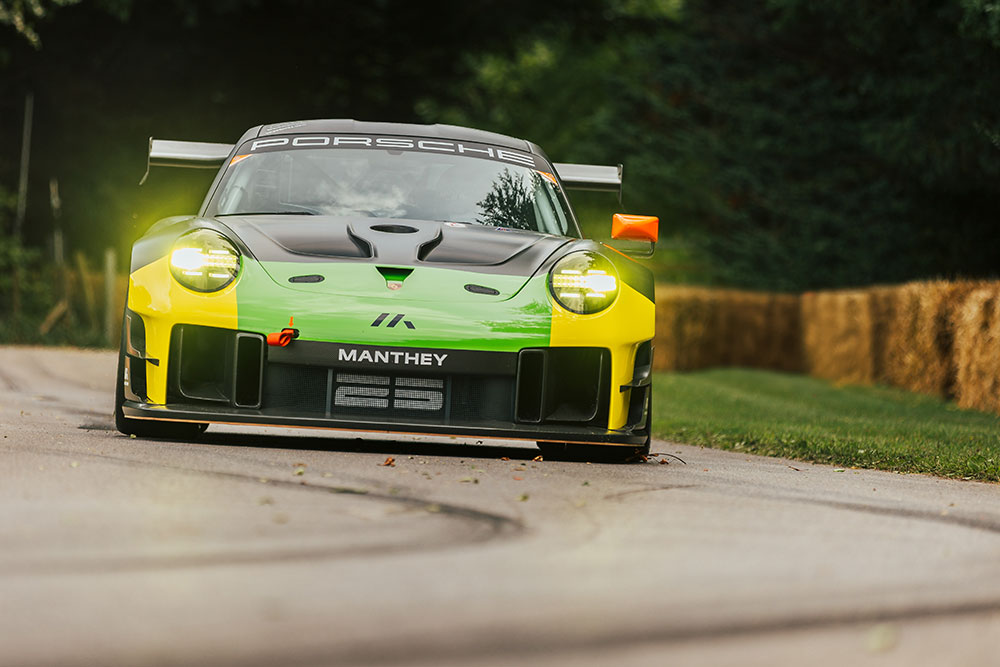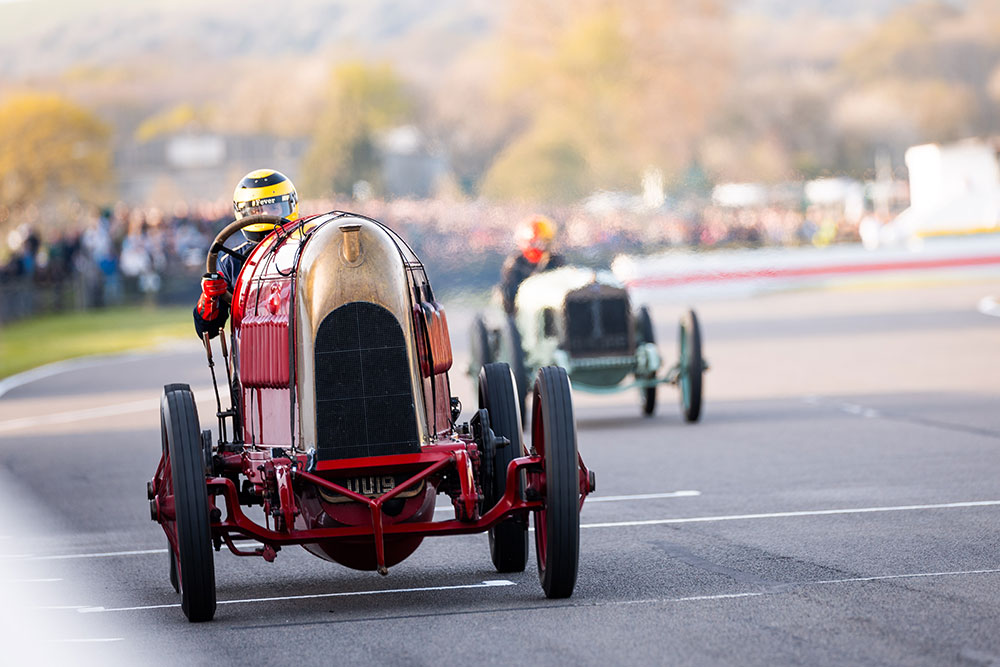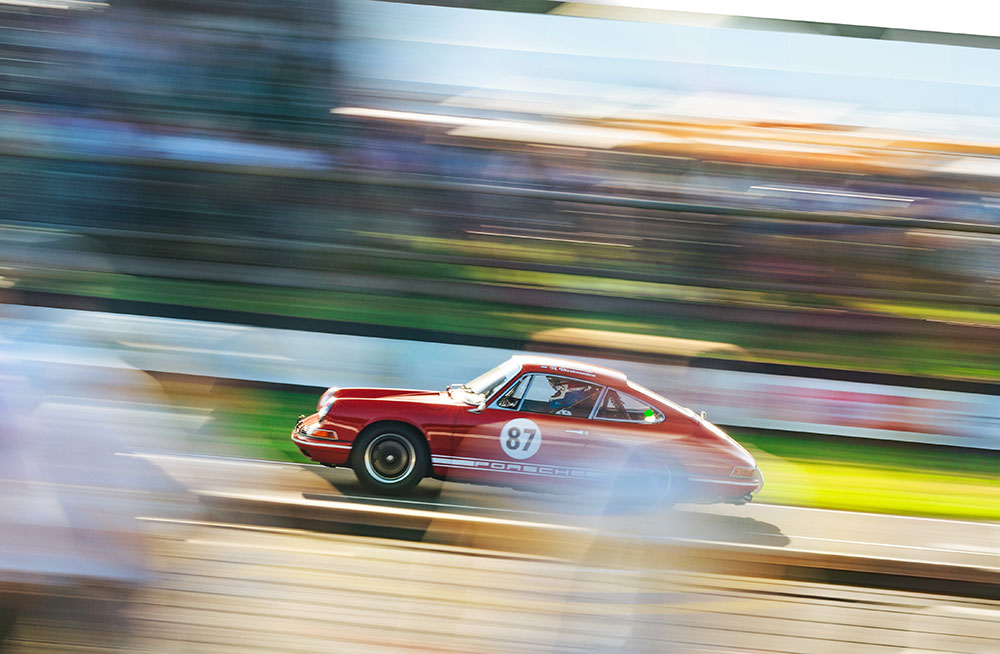- Call us: 01444 237070
- Contact Us
- Stores
- Sign In / Register
-
- Back
- Used Cameras
- Used Accessories
- Used Lenses
- Used Video
- Used Film Equipment
- Used Stock Alert
- Used Blank Test
- Sell or Part Exchange
- Used Clearance
- Recently Added Used Equipment
- Park Picks
- All Used Black Friday Deals
- Faulty
- Trade-In
- Blog
- New in
- Call us
- Contact us
- Stores
- Sign in
- Categories
- Tips & Inspiration
- Reviews
- News
- Events
- Features
- Buying Guides
- Competitions
Motorsport Photography Tips
When photographing motorsport, it’s a great feeling to capture the intense action to convey the raw speed of the action to the viewer, but you can use skills from other genres to capture a feeling of the event with shots of the heroes of racing in or out of the car.
With this in mind, we spoke to Toby Whales who works in our Burgess Hill store to get his insights into how you can take your own great motorsport photos. Not only does Toby have a wealth of photographic knowledge, in his spare time he works with the team at Goodwood Road & Racing capturing shots for various events including their popular Festival of Speed.
Motorsport photography involves capturing images of vehicles in action during motorsport events; car races, motorcycle races, rally races, and other competitions. The goal is to convey the speed, excitement, and energy of the event. The nice thing about motorsport photography is that it doesn't require any special equipment. Anyone with any gear can give it a go.

- Shot using a Canon EOS R3 + Canon RF 70-200mm f/2.8L IS USM | 1/1,000 f/2.8, ISO 125
Although most DSLRs / CSC cameras are capable of shooting motorsport, when it comes to gear there's a few things that will help. I shoot on a mirrorless Canon system, I use 2 camera bodies and 2 lenses. When shooting high speed trackside racing. I use a Canon EOS R3 with a RF 70-200mm F/2.8L IS USM lens. This combination gives me super fast and accurate autofocusing from the Canon EOS R3 and a nice focal length range from the 70-200mm. This allows me to be flexible enough to shoot cars from a distance and up close. Being flexible and having a good focal length range is helpful. High action sports are unpredictable, but having a good range gives you the best possible chance to capture a last minute overtake or a driver pushing their car to the limit!

- Shot using a Canon EOS R3 +RF 70-200mm f/2.8 L IS USM | 1/320s, f/2.8, ISO 100
My other camera is a Canon EOS R5 with a RF 24-70mm f/2.8L IS USM lens. Using this combination gives me a higher resolution with a slightly wider focal length. I normally use this combination when I'm in the pit lane or paddocks, as I can get up close and personal with the drivers and team. The Canon EOS R5 is a 45 Mega pixel camera, so allows me to capture all the details. Another important factor is your memory card. I have a bit of a trigger finger when it comes to taking photos. But in high speed sports that's not always a bad thing. Capturing that split second could be the difference between the best picture you've ever taken or not. However this does require fast memory cards. Memory cards have a read and write speed, which is important if you're going to be shooting lots of pictures in quick succession. The SanDisk 128GB Extreme PRO 300MB/S is my card of choice. Its fast 300MB/S read and write speeds allow me to shoot at high FPS speeds. The faster cards mean you can shoot more before your camera buffers, much like motorsport, the Faster the Better!

- Shot using a Canon EOS R5 + RF 24-70mm F/2.8L IS USM | 1/400 f/2.8, ISO 100
Capturing Motion:
Capturing motion in motorsport is a key part of showing the high speeds and intense action of true racing. As motorsport photographers, our job is to capture these speeds in a still image. One way of portraying motion in still images is to use a slow shutter speed. Although most people's first thought would be to freeze the action with a high-speed shutter, this lacks the sense of speed and movement that we are looking to show off. Instead, we can try "panning" the car. Panning is a technique that enables us to utilise motion blur whilst keeping the car / subject sharp. To achieve this effect we need to change a few camera settings, the main change will be to our shutter speed; Shutter speed determines the amount of motion blur in our final image. A general rule to follow would be '1/the speed of the car'. If our car is racing down the straights at 100mph, a good shutter speed to achieve a nice amount of motion blur would be 1/100. However, as you improve and get more confident, slowing the shutter speed further will result in a more intense panning effect.
Panning takes a lot of practice and patience. There are many photographers out there who have mastered the art of panning. These photographers often have years and years of practice, try not to compare yourself. If it was easy, everyone would be doing it. That is what makes us unique!

- Shot using a Canon EOS R3 + Canon RF 70-200mm f/2.8L IS USM | 1/1,000 f/2.8, ISO 125
Being in the right place at the right time and understanding the style of race you are photographing will help you to make decisions that could open up opportunities for better images. Backgrounds, bends and dips in the track all make for a more dynamic photo. For example motorbike riders will lean right over going round corners and cars often kick up dust and debris from the track surface. Choosing where you're taking photos from is equally important and can lead to some awesome pictures.
Motorsport photography can be dangerous due to the inherent risks associated with high-speed racing and the dynamic environment of the race tracks. Remember to respect the drivers, teams and marshalls.
About Toby Whales:
Growing up in Sussex, Toby always had a passion for cars and photography since he was a young child, and has always had a camera in his hands since he could pick one up!
His love for photography and all things cars developed as he grew up, and as time went on, he looked to develop his hobby into something more. Within his education, Toby studied creative media products, but is largely self-taught.
Alongside working at Park Cameras, Toby has now been shooting professionally for the past 3 years, and at just 21 years old he works with Goodwood Road & Racing, Race Teams, High end car Auction companies and clients with private collections.
We hope you enjoyed this post. If you did, why not read some of our other articles:
Tips To Help Improve Your Sports Photography
Tips On How To Photograph Motion
Best Camera Equipment For Action And Racing
Share this post:
By Toby Whales on 13/06/2024

Trade in your old equipment
Fast and easy trade in service ensures your old gear is collected efficiently and you are paid quickly! It's very simple to trade in your unwanted photography gear. Just head over to our dedicated Sell or Part Exchange page, fill out the details, and we'll get back to you with an offer for your old gear. Take the cash, or put it towards the cost of your new gear. It's up to you! Find out more
sign up to the newsletter
Keep up to date on the latest photography news, events and offers. Sign up now
